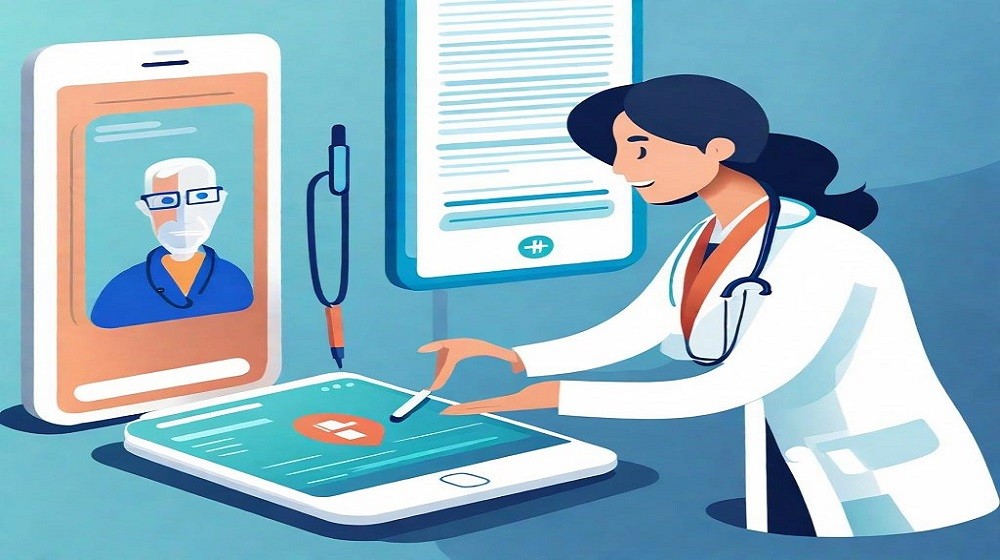The Role of Noki.ai in Supporting Patient Care with Intelligent Data Management
The Role of Noki.ai in Supporting Patient Care with Intelligent Data Management
Blog Article
Healthcare is fast-paced and demanding, requesting significant multitasking and specific record-keeping. Paperwork, specifically, is a critical however time-consuming facet of medical attention that often pulls physicians far from patient interaction. Enter ai medical scribe—a game-changing solution designed to improve workflows and allow healthcare experts to concentrate more on the patients.
This informative article examines how AI-powered medical scribes provide unparalleled efficiency to healthcare settings, explaining their crucial advantages and their potential to convert medical practice.

Freeing Up Clinician Time
Among the greatest advantages of AI medical scribes is their capacity to save lots of time for physicians and nurses. Typically, doctors invest 16 minutes taking for each individual they see, which gives as much as a lot of time each week lost to paperwork. By automating jobs such as for example planning, summarizing notes, and coordinating patient records, AI scribes considerably lower this burden. This more time can then be channeled toward primary individual attention, improving the quality of consultations and reducing stress for healthcare professionals.
According to a examine, medical specialists record an projected 30% upsurge in available consultation time after implementing AI-driven scribe tools. That is specially useful in high-pressure surroundings such as crisis areas and urgent treatment centers.
Improving Charting Reliability
Yet another essential gain AI medical scribes bring to healthcare settings is their power to make very accurate and comprehensive clinical notes. Individual problems in paperwork can cause misdiagnoses, incorrect code, or even appropriate issues. AI-powered programs, but, are created to process information with precision, ensuring that individual records are comprehensive and error-free.
For example, voice-recognition engineering incorporated into these techniques may catch formed records easily and appropriately while reducing transcription errors. Leveraging structured data selection, AI scribes ensure standardized types across individual records, which not merely improves quality but in addition supports better decision-making.
An increase in certification accuracy may also lead to less rejected insurance claims. Studies are finding that error-free medical charts can cause a 2,000 improvement in states running, ensuring smoother revenue rounds for healthcare providers.

Increasing Workflow Performance
AI medical scribes improve over all workflow efficiency by easily developing into existing programs, whether it's electric health files (EHR) or clinic data systems. They are able to perform multiple features simultaneously, such as for instance transcribing records, code medical procedures, and upgrading maps in actual time. That reduces bottlenecks in the paperwork process and produces an even more streamlined individual flow.
Furthermore, automatic instruments may draw in relevant medical histories or highlight possible problems for the doctor centered on prior records. That prevents unnecessary data queries and guarantees healthcare vendors have all essential data at their fingertips. The result is not merely faster workflows, but additionally higher functional effectiveness across departments.
Report this page